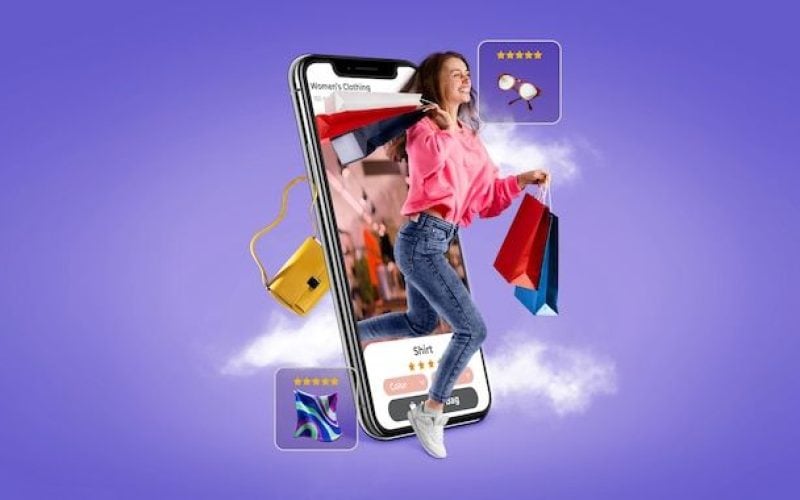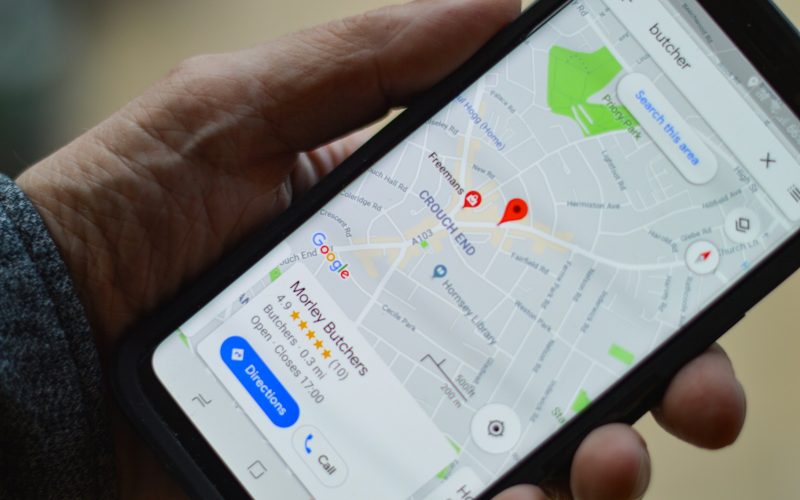No matter the size or industry of your brand, you’ve probably noticed that customer acquisition is becoming increasingly difficult. With increased competition, rising costs and privacy changes affecting targeting and metrics, brands must find new and better ways to reach shoppers.
While large, established retailers can increase advertising spend to continue acquiring new customers, that is not always feasible (or the best use of resources) for small or new brands. The answer?
Third-party e-commerce platforms. Selling your products on Google Shopping, Facebook and Instagram Shops gives brands a way to leverage the traffic and reach of these platforms to increase brand awareness, product discovery and, most importantly, sales. This guide explains how to maximize results with third-party sales.
Sell on Google Shopping
Google Shopping is a retail search engine that displays organic and paid product listings relevant to the user’s search query. It allows consumers to compare and shop for products at different retailers and offers product recommendations based on both the user’s shopping and search history.
How Google Shopping works
Google Shopping works much like Google Search, only the results are all products. Paid product listings are displayed at the top and organic listings make up the rest of the search results page.
Brands have multiple options to publish and sell products on Google Shopping:
- Organic listings: as of April 2020, Google allowed brands to submit product feeds for inclusion in organic search results.
- Shopping ads: Brands that want to appear at the top of a search results page can create shopping ads.
- Shop on Google – Brands that have their product feeds on Google Shopping can drive traffic to their own sites to complete the purchase or shop directly from the product page on Google. As of July 2020, Shop with Google is commission-free, and brands that use Shopify or Paypal to process payments can now also do so on Shop with Google. This makes it easier for brands to start using the tools that already work for their business.
Why reviews are essential for Google Shopping
Because Google Shopping is essentially a search engine, the number of results for any given search term will be much higher than on a platform that owns the end-to-end customer experience. Showing your customers’ reviews will help your products stand out from the competition.
Brands that add reviews to their Google Shopping ads see up to a 24% increase in CTR. And having just 100 reviews on a product page on your site can more than double conversion rates for that product.
Selling on Facebook and Instagram
With Facebook and Instagram stores, you can showcase and sell products through your own store. People who visit your store can explore your products, make purchases and get to know your brand.
If you host your online store on a Facebook partner platform, such as Shopify, BigCommerce or Magento, you can easily import your product catalog and make sure it is always in sync with your e-commerce site.
Why sell in stores on Facebook and Instagram
When you’re a growing brand, it pays to be an early adopter of new acquisition channels. Not only is there less competition to acquire new customers, but you will also be better positioned to take advantage of new features and capabilities as they are released.
Selling is about meeting customers where they are, and chances are your customers are on Facebook and Instagram. By showing them your products as they browse social media and, more importantly, allowing them to complete a purchase without leaving the platform, you are more likely to increase conversions at these crucial, fluid touch points.
Why your brand needs reviews on Facebook and Instagram stores.
By adding reviews to your stores on Facebook and Instagram product listings, you will be able to generate immediate credibility and trust. Small brands often have limited budgets and time when thinking about selling, so it makes sense to leverage the social proof you already have from existing customers versus more expensive acquisition of new prospects. This will allow you to stand out from your competitors who are not taking advantage of all the Meta for Stores integrations and allow you to establish authority with new customers who may not be familiar with your brand or products.
With more brands and products available online every day, leveraging new channels for customer acquisition is key to growth, especially for newer or smaller brands. If you need to outsource this service, contact Several.






